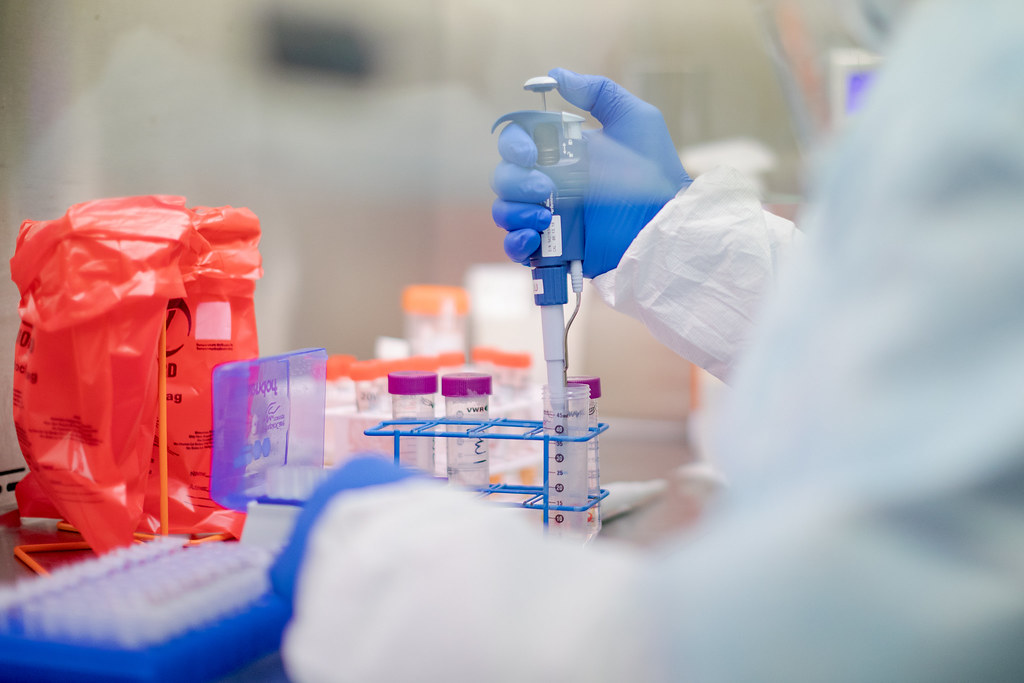Why Millikin Switched to SHIELD Testing
April 19, 2021
Millikin University has used the COVID-19 saliva test for the spring semester, as opposed to the nose swab tests the school used for the fall semester.
The school changed the testing from the nose swab to the saliva tests after partnering with SHIELD Illinois, a program that has been adapted by many universities because of its efficiency and accuracy, according to Aliza Majid of The Daily Illini.
Millikin was just one of many schools in Illinois to implement SHIELD Illinois testing.
“So like many other schools in the state of Illinois, we partnered with the University of Illinois to do SHIELD testing. So we’re one of several. So if you look at a number of institutions around the state of Illinois, they’re doing the saliva-based testing,” Dean of Campus Life Paul Lidy said.
Millikin had a partnership with CVS Pharmacy during the fall semester for testing. This partnership allowed Millikin students to get the nose swab test at the CVS near campus. This method was effective, but results took longer and there were not enough testing times.
“We were looking for a solution that would provide us with quicker test results and something that could be done on campus, because at CVS you also needed a car to go through the drive-thru. And so, if you are a student that didn’t have a vehicle, it wasn’t an easy thing for you to accomplish,” Vice President of Student Affairs Raphaella Prange said. “We also had to fight for resources with the rest of the community because other community members were also using CVS at the same time, so there were days when there were more high volumes with the community and students couldn’t get an appointment and things like that.
“So now with SHIELD Illinois, it’s our own process and our own clinic on our campus, and it’s not as invasive because you’re just, you know providing some saliva, and you get your results in six to twelve hours,” Prange said. “So that allows us to be able to quickly identify who is positive, and I think that’s contributed to our ability to get a lot more back to normal this semester because we can separate people much more quickly.”
The school required testing for students who traveled from states or regions with a high risk for COVID-19, or so-called “hot spots,” as soon as students got back on campus from winter break.
Student athletes participating in spring sports were also required to test before attending any practices. Testing is different for every sport. For example, low-risk sports such as tennis only tested at the beginning of the semester. Other sports with a higher risk, such as wrestling, test a lot more often. While in season, wrestlers would test three times a week.
COVID testing on sports teams also varies by the coaches’ wishes or what the other school’s in that sports’ conference are doing. Millikin’s golf team tests once a week, before and after traveling for tournaments, despite being categorized as a low-contact risk sport by the NCAA.
McKenna O’Donnell, a tennis player at Millikin, reported experiencing symptoms but could not get an appointment at the CVS in Decatur and therefore had to drive an hour to test at an available CVS in Sullivan, Illinois.
“The nose swab test was inconvenient for me because there were no rapid tests available in Illinois at the time and there were no testing sites available, so I had to drive an hour just to get tested and it took four days for my results to come back,” O’Donnell said.
Although saliva testing might be considered as a more efficient method of testing, many also claim the process as more awkward than the previous nose swab method. At the testing site, the client is handed a paper bag with the testing tube and is directed into an available room. Each testing room accommodates four people, each standing in a different corner. The saliva sample needed can’t have bubbles as they may affect the result of the test, meaning the client is required to practically drool into a tube.
Beyond the awkwardness of standing in a room with other people all hunched over in one corner drooling into tubes, the process is also somewhat difficult since people are not allowed to eat or drink for an hour prior to taking the test. Many students who were required to take this test said they had a hard time filling up the tube with no bubbles.
The SHIELD partnership and saliva testing has proven to be more efficient and accessible than the previous partnership and nose swab testing method. Students get their results sooner, increasing productivity instead of having to wait four to six days to get results back. It is also less invasive than the nose swab, which can be uncomfortable for the person getting tested.
